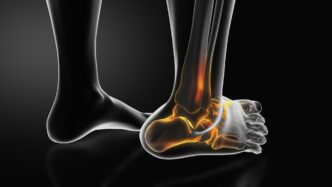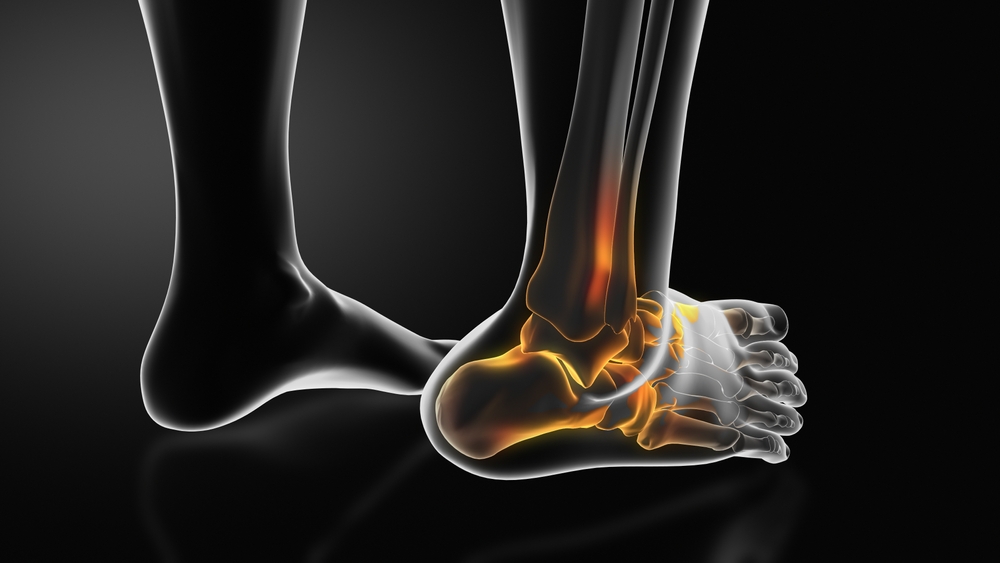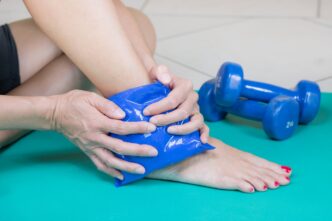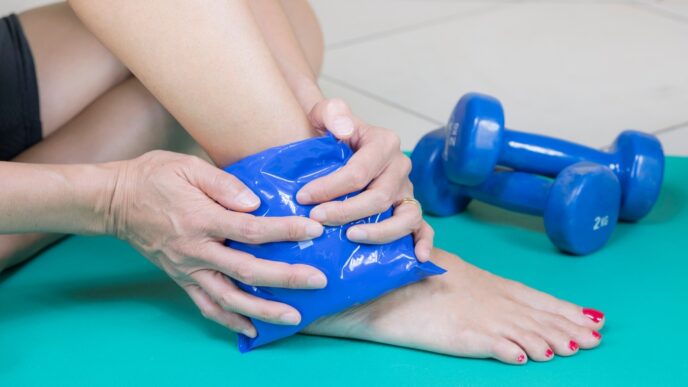Ankle sprains are among the most common injuries in both athletic and everyday settings, accounting for one-third of all sports-related injuries. Recovery can be prolonged, and up to 60% of individuals may experience lasting symptoms or functional limitations.
WORDS DR AU YONG PUI SAN
 FEATURED EXPERT FEATURED EXPERTDR AU YONG PUI SAN Sports Medicine Physician Hospital Tuanku Ja’afar |
The ankle joint is held in place by ligaments and tendons which maintain its stability.
Ligaments are attached from bone to bone while tendons are attached from muscle to bone.
When you sprain your ankle, you will experience pain and swelling over the outer side of the ankle.
- It may be painful to bear weight on the affected side and bruises may appear.
- In this situation, it is necessary to apply ice compression to control the pain and swelling.
- The better the control, the faster the ankle can be assessed properly to determine the injury grading and for early rehabilitation.
THERE ARE 3 GRADES OF ANKLE SPRAIN
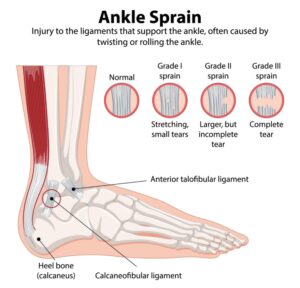
Grade I
- The ligaments have small tears within some of their fibres.
- There may be pain and swelling in the ankle that goes away within a week or two.
- Overall, everything remains intact.
- The ankle can still perform its normal function.
Ice compression and a few days of rest for the ankle will allow one to resume normal physical activities by the end of the week.
Grade II
- The ligament is incompletely torn.
- Pain and swelling takes longer to go away.
It will take about 4 to 6 weeks for the ligament to heal due to the partial tear to the ligament.
Physical therapy is necessary to maintain the muscles surrounding the ankle joint, regain the mobility of the ankle, and also to re-learn balance.
Grade III
- The ligament is completely torn.
- Initial pain and swelling are severe.
- There is usually bruising as well.
- There will be a lot of pain when pressure is put on the ankle.
Crutches or walker boots is recommended to offload the painful ankle.
The pain and swelling will take a while to subside. It will take about 2 to 3 months before normal physical activities can be resuming normal physical activities without pain.
Sometimes, the torn ligament does eventually heal, but usually it will be weak and cause a loose sensation in the ankle.
Physical therapy is important to regain the range of mobility, maintain and/or rebuild muscle strength for the entire leg, and to re-learn balance.
If the ankle instability persists, surgery may be needed.
| If Grade II or III sprain is detected within the first 2 weeks of the sprain, ultrasound-guided hyaluronic acid can be injected into the space between the torn ligament. This creates a “bridge” between the torn ends of the ligament to aid the formation of new fibres between the ends. Research has shown that this quickens the healing process by 2 to 4 weeks. With the addition of physical therapy, it is possible to return to normal physical activities to a degree without the need for surgery. |
WHAT TO DO WHEN YOU HAVE A SPRAIN
If you suspect an ankle sprain, follow these RICE steps immediately:
- Rest the injured ankle—avoid walking or putting weight on it.
- Ice the area for 15–20 minutes every 2–3 hours to reduce swelling.
- Compress the ankle with an elastic bandage or support to limit movement.
- Elevate the ankle above heart level whenever possible.
Then, consult a doctor to assess the severity of the injury. Early evaluation helps ensure you receive the appropriate treatment to support healing, restore mobility, and reduce the risk of future sprains.
| This article is part of our series on tips and advice for leading a healthy lifestyle. |

